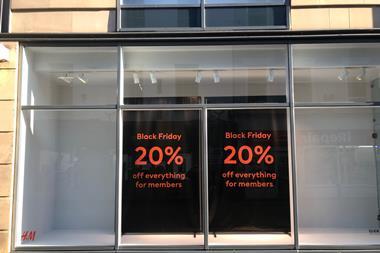Customers complain about the voice recognition system they must use to contact our call centre. We introduced it to improve customer experience – where are we going wrong?
Intelligent voice recognition (IVR) systems have been in use for a number of years with varying degrees of success.
A report released last month from contact centre technology provider Genesys found that it is the least popular channel for communication with consumers. Some 41% of those questioned highlighted it as the most challenging channel; only 1% described it as the most satisfying.
More than a third of those surveyed said that it is critical to improve voice self-service to make it integrate more intelligently with human-assisted service.
“Most businesses understand that turning the customer experience into an emotional engagement adds value to their brand and results in consumers who are more loyal and satisfied,” said Genesys senior director of EMEA marketing Keith Pearce.
Genesys found that in customer service experiences where the consumer was “trapped” in an automated system, they spent on average more than 10 minutes trying to reach a live agent. It claims even paper-based mail is preferable to poorly implemented voice self-service.
Consumers say the biggest issues influencing their perception of voice self-service have to do with automated systems not recognising their unique value to the company, the lack of context during interaction, and the need to more effectively recognise customer needs and intent.
Getting these issues sorted is essential so consumers don’t feel they are just talking to a robot.


























No comments yet